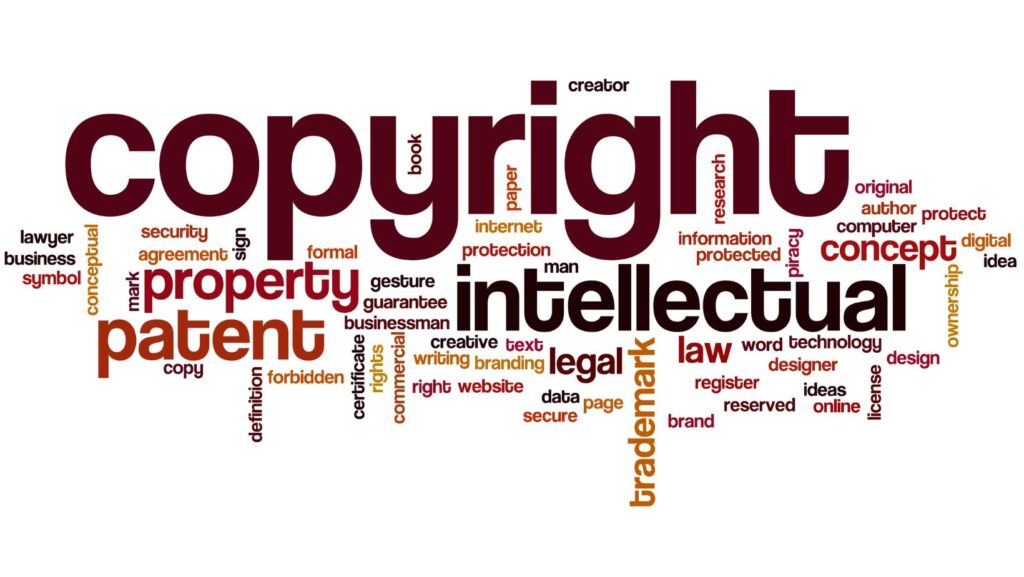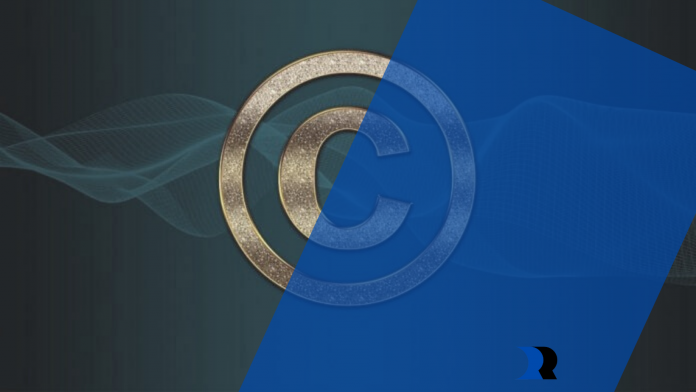Intellectual Property (IP) is one of the most valuable assets of modern businesses. However, the term is so broad that there are times when it’s challenging to understand all its aspects.
Even more, due to the easy access provided by the internet and users’ lack of general knowledge in the IP field, nowadays, it can be easy to be put in an IP infringement situation, whether it was intentional or not. Still, if individual users usually get away with a warning, companies are not as lucky.
An IP infringement accusation tends to lead to legal actions against your company, which may end up in financial losses. Additionally, if the word gets out and customers are made aware of the situation, your brand may suffer a drop in reputation, which can be challenging to recover from.
Therefore, the best way to keep your hard-worked progress safe from uncomfortable situations is to make sure you understand what IP means and why it needs protecting. Here are a few tactics most successful business owners use to stay out of trouble:

Therefore, the best way to keep your hard-worked progress safe from uncomfortable situations is to make sure you understand what IP means and why it needs protecting.
Learn About Types of IP Protections
You cannot know if you are infringing on someone else’s IP if you don’t know about the primary protections put in place by authorities. Therefore, the first step in making sure you are on the safe side of the law is learning about the different types of IP protection, such as:
- Copyrights – usually marked with a © sign. This type of protection covers original artistic works and includes anything from literary works to music, video creations, computer software, and more. For instance, a text you find online may be under copyright protection even if you can copy-paste it onto your page.
- Trademarks – usually marked with a ™ (unregistered trademark) or a ® (registered trademark) sign. This protects branding elements such as phrases, symbols, graphics, words, and other components used to identify a specific company. A few examples of trademarks are Nike’s name, swoosh sign, and logo, Adidas’s three lines logo, and McDonald’s golden arches. For more, check out this list of trademarks.
- Patents – designed to protect inventions and the rights of innovators. There are different types of patents, but you can quickly check if an invention is patented by accessing the U.S. patent applications office online.
- Trade secrets – in this category, you can fit sensitive information proprietary to companies or individuals. Items such as formulas, systems, programs, and more are protected under this category and try to keep secrets away from prying eyes.

Make Sure Your Own the Rights to Use Something
As you can probably guess, it is a bit difficult to accidentally stumble across an invention or a trade secret online. However, you or one of your employees or collaborators may use graphical elements, texts, images, or designs that are under the protection of copyright or a trademark.
For instance, if your creative team works on a new video and wants to use gifs and stickers to make it more appealing to the target audience, check if the gifs and stickers are free to use. Otherwise, you will have to buy the right to use them from the author.
Royalty-Free Media is Your Friend
Luckily, not all media available online is under IP protection. So, if you are not interested in buying copyrighted or trademarked materials, you can still use royalty-free media. This includes various materials from images, videos, texts, graphic elements, and more.
Royalty-free media is available under a Creative Commons license, but it’s important to know there are several types of such permits. Learn their meaning and use them according to the instructions.
However, you or one of your employees or collaborators may use graphical elements, texts, images, or designs that are under the protection of copyright or a trademark.
Key Takeaways
IP infringement is quite a big deal these days when creativity and content are so important. So, before you use any materials found online, make sure to check for IP protections or licenses required to use them.


